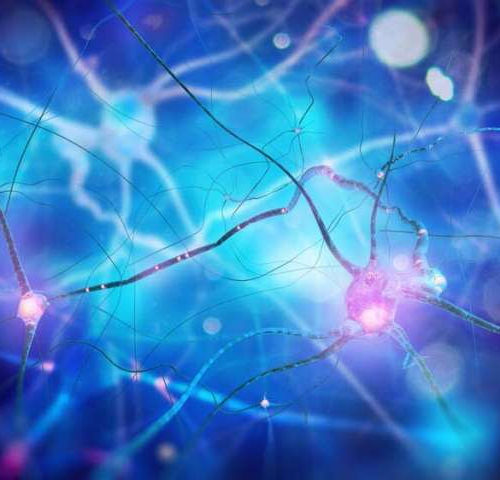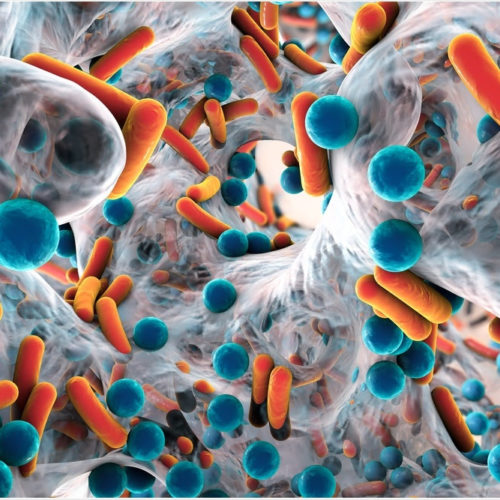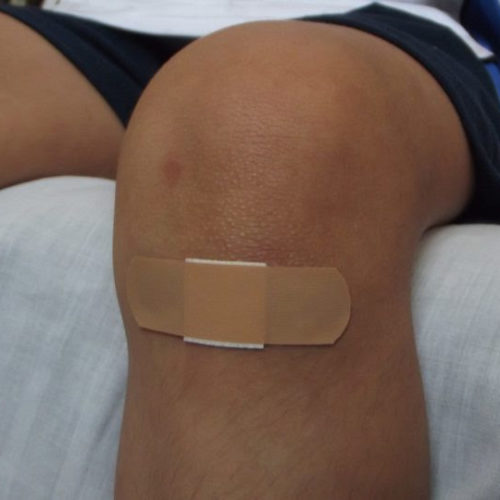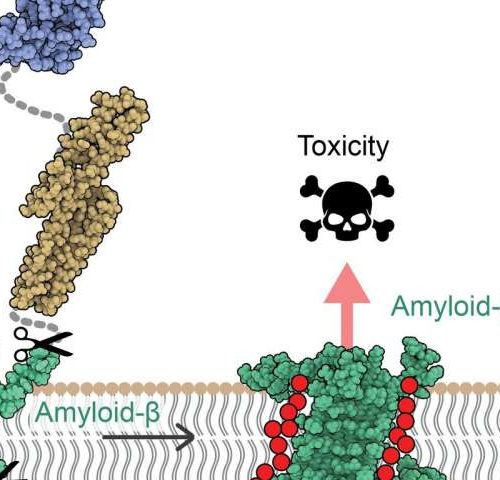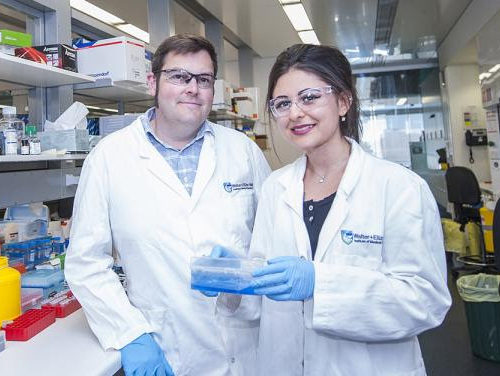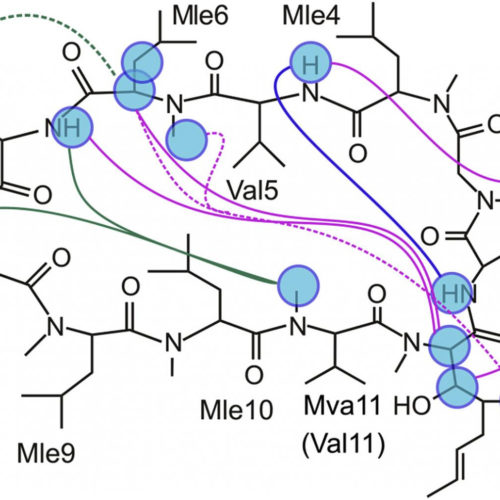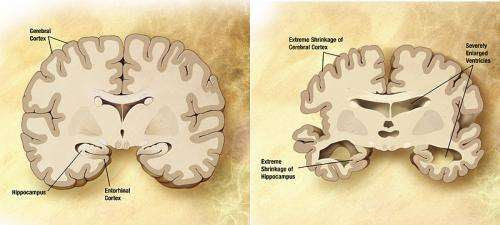by Jim Barlow, University of Oregon A tiny, thin-film electrode with a 3-D-printed housing has been implanted in the peripheral nervous system of songbirds, where it successfully recorded electrical impulses that drive vocalizations. The research is seen as an advance in the emerging field of bioelectronic medicine and eventually could lead to a new treatment...
Tag: <span>structures</span>
Deciphering the largest CRISPR system
Interview conducted by Emily Henderson, B.Sc. Professor Guillermo Montoya spoke to News-Medical on his research that involved visualizing the largest and most complex CRISPR system, which could have potential applications in biomedical diagnostics. What provoked your research into CRISPR? My interest in protein-DNA interactions and genome editing started a while ago when I collaborated with...
Brain scientists haven’t been able to find major differences between women’s and men’s brains, despite over a century of searching
People have searched for sex differences in human brains since at least the 19th century, when scientist Samuel George Morton poured seeds and lead shot into human skulls to measure their volumes. Gustave Le Bon found men’s brains are usually larger than women’s, which prompted Alexander Bains and George Romanes to argue this size difference...
Researchers uncover how cells interact with supporting proteins to heal wounds
When we get a wound on our skin, the cells in our bodies quickly mobilize to repair it. While it has been known how cells heal wounds and how scars form, a team led by researchers from Washington University in St. Louis has determined for the first time how the process begins, which may provide...
A new mechanism of toxicity in Alzheimer’s disease revealed by the 3-D structure of protein
by Institute for Research in Biomedicine (IRB Barcelona) The amyloid precursor protein (APP) is inserted into the cell membrane of neurons. After sequential cleavage by β- and ?-secretases, the Aβ protein (in green) is released.The membrane oligomers are formed by 4 or 8 copies of the Aβ protein. The physicochemical properties of the edges of...
Researchers develop 3D-printable material that mimics biological tissues
Biological tissues have evolved over millennia to be perfectly optimized for their specific functions. Take cartilage as an example. It’s a compliant, elastic tissue that’s soft enough to cushion joints, but strong enough to resist compression and withstand the substantial load bearing of our bodies, key for running, jumping, and our daily wear and tear....
New structural ‘map’ solves mysteries of gigantic gene regulator
WALTER AND ELIZA HALL INSTITUTE Structural biology has been used to ‘map’ part of a protein called SMCHD1, explaining how some changes in SMCHD1 cause certain developmental and degenerative conditions. Publishing in the journal Science Signaling, the Walter and Eliza Hall Institute team revealed the structure of the portion of the SMCHD1 protein that is...
Scientists gain detailed images of how a protein that calms brain activity works
The findings provide a clear path to uncovering new drugs to control addiction, pain and neurological disorders such as epilepsy and muscle spasticity CREDIT: (ILLUSTRATION BY YEKATERINA KADYSHEVSKAYA/BRIDGE INSTITUTE AT THE USC MICHELSON CENTER FOR CONVERGENT BIOSCIENCE.) As the body goes about its daily business, molecules called neurotransmitters control the level of electrical activity within...
Cyclosporin study may lead to novel ways of approaching mitochondrial dysfunction
Cyclic peptide molecules of the fungal origin called cyclosporins were discovered in 1970’s, and cyclosporin A soon became an important drug due to its immunosuppressive activity. The details of the biochemical reactions involving cyclosporin were elucidated by the beginning of 1990s, but still some aspects of the behavior of this molecule raise questions. Investigation started...
Researchers define type of Alzheimer’s that affects people in their younger years
by From Mayo Clinic News Network, Mayo Clinic News Network Mayo Clinic researchers have defined a form of Alzheimer’s disease that strikes younger people as early as their 40s, presents with atypical symptoms, and affects a different part of the brain not usually associated with Alzheimer’s. In their study, the researchers describe a progressive dysexecutive...
- 1
- 2

